Triathlon is a sport built on transitions. Not just the ones in the race, from swim to bike to run, but the constant shifting between training modes, energy systems, and states of fatigue. One day you’re grinding out bike intervals, and the next you’re chasing run splits, and somewhere in the week you’re counting lengths at the local pool. What makes triathlon so addictive is also what makes it brutal: you’re never just managing one type of fatigue.
That’s why I’ve leaned heavily on Xendurance Lactic Acid Buffer in my own training. Unlike single-sport athletes, triathletes don’t get the luxury of spacing out hard sessions for maximum recovery. We’re often stacking workouts back-to-back, carrying fatigue from the swim into the bike, and from the bike into the run. Buffer has become one of those tools that helps me delay that downward spiral and get more quality across sessions.
Triathlon training is an exercise in compromise. Push too hard in one discipline and the others suffer. It’s not unusual to show up for a long run with legs still fried from cycling intervals, or to hit the pool after a heavy strength session and just want to float for a bit. The result is a constant state of accumulated fatigue.
Physiologically, that fatigue shows up when hydrogen ions build up in muscle tissue during sustained or repeated effort. This contributes to the familiar burning sensation in your legs, and the loss of sharpness in your stroke or stride. Managing that build-up is key, not only to perform on race day but to also train effectively day after day.
Lactic Acid Buffer supports the body’s ability to handle that stress. It helps delay the point where your form starts to unravel, which in turn makes it easier to hold race pace, complete quality sessions, and recover well enough to come back the next day.
Swim, bike, run… and buffer
Let me give you a quick breakdown of how this plays out in real-time training:
- In the pool: Swimming is deceptive. It feels smooth until suddenly it doesn’t. Your arms start to burn, your rhythm is off and your times slow. Buffer helps me hold better form deeper into a set, which is crucial when you’re working on efficiency in the water.
- On the bike: This is where personally, I notice Buffer the most. Whether it’s a turbo session of 3 x 15 minutes at threshold or a climb-heavy outdoor ride, it buys me more consistency. Instead of my power numbers tailing off, I can hold a steadier output across the full set.
- On the run: Running off the bike (the infamous “brick session”) is where Buffer really earns its keep. Your legs already feel heavy, and fatigue builds quicker than in a fresh run. Buffer helps me maintain form when I’d otherwise be slogging through in survival mode.
What I like is that it’s not discipline-specific, instead Buffer supports the underlying physiology across swim, bike, and run. For a triathlete, that versatility is gold.
There’s an old saying: “If you don’t rise to the occasion; you fall to the level of your training.” In a triathlon, the quality of your training is the single biggest predictor of race-day performance. If Buffer allows me to complete tough sessions at a higher level, then by extension, it elevates my whole preparation.
It’s not just about intensity, though. It’s also about consistency. I’ve found that by using Buffer regularly, I can hit demanding sessions without feeling as crushed afterwards. That recovery edge means I can get back into the water, onto the bike, or out on the road sooner and in better shape. For an age-grouper balancing training with work and family, that makes all the difference.
Every triathlete knows the “fourth discipline” isn’t nutrition or transition, it’s mental strength. Racing for two, four, or even twelve hours requires concentration and resilience. That’s why I also use Xendurance Focus alongside Buffer. It sharpens my mental game, helping me stay locked into pacing on the bike, avoid sloppy form on long swims, or grind through the late miles of a half marathon when my brain would rather focus on what episode of Deep State I’ll watch after dinner.
Focus doesn’t feel like you’ve necked four cans of Red Bull in under 2 minutes; it’s steadier, and cleaner. That makes it ideal for the long haul of triathlon, where staying present and disciplined can be the difference between holding form or spiralling into negative thoughts.
My race-day reality
In training, Buffer gives me the capacity to repeat quality. On race day, it gives me the confidence that when the going gets tough, which is usually halfway through the bike or in the last third of the run, then I’ve got more to give. Triathlon isn’t won or lost in the first 30 minutes, though. It’s decided when fatigue is highest, discipline is lowest, and execution matters most.
In the words of my childhood hero, Eric Cantona: “Preparation is everything and focus is the key. It’s easy to say you gave it your all out on the pitch. But the point is, if you’d prepared properly, you’d have had more to give and you would have played better.”
The best athletes don’t avoid fatigue; they delay it, manage it, and execute despite it. Buffer helps me step closer to that mindset.
However I want to be clear: Buffer doesn’t replace the long hours in the pool, the brick sessions, sleepless nights with a restless baby or the 5 a.m. alarms. Nothing does. But it does enhance the work I’m already putting in. It’s not a hack, and it’s certainly it’s not a gimmick, but a performance tool grounded in physiology and tested by athletes who know what it takes. Check out some of the reviews form the Xendurance athletes.
As an everyday triathlete juggling life, work, and training, I’m not looking for shortcuts. I’m looking for ways to make my time count more. Buffer is one of those ways.
And finally, the bottom line for triathletes:
To me, I think Triathlon is a sport with an aim of accumulating fatigue and that’s exactly where Lactic Acid Buffer makes such a positive impact. It helps me extend quality in training, delay fatigue across disciplines, and recover better to go again. Paired with Focus, it sharpens both the body and the mind for the demands of swim, bike, and run.
If you’re serious about getting the most from your training and lining up with confidence on race day, Buffer belongs in your backpack. Because in triathlon, consistency isn’t just important, it’s absolutely everything.




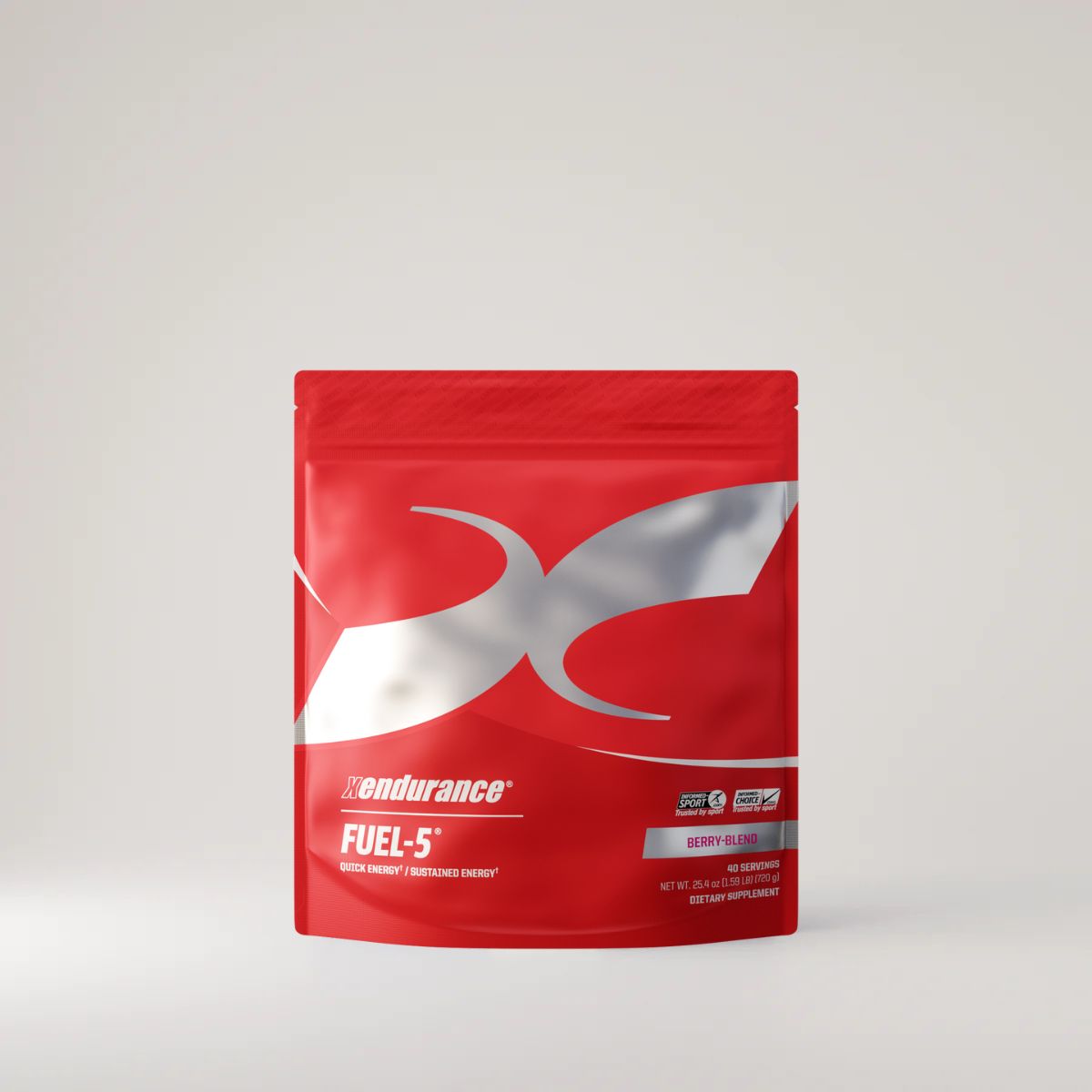
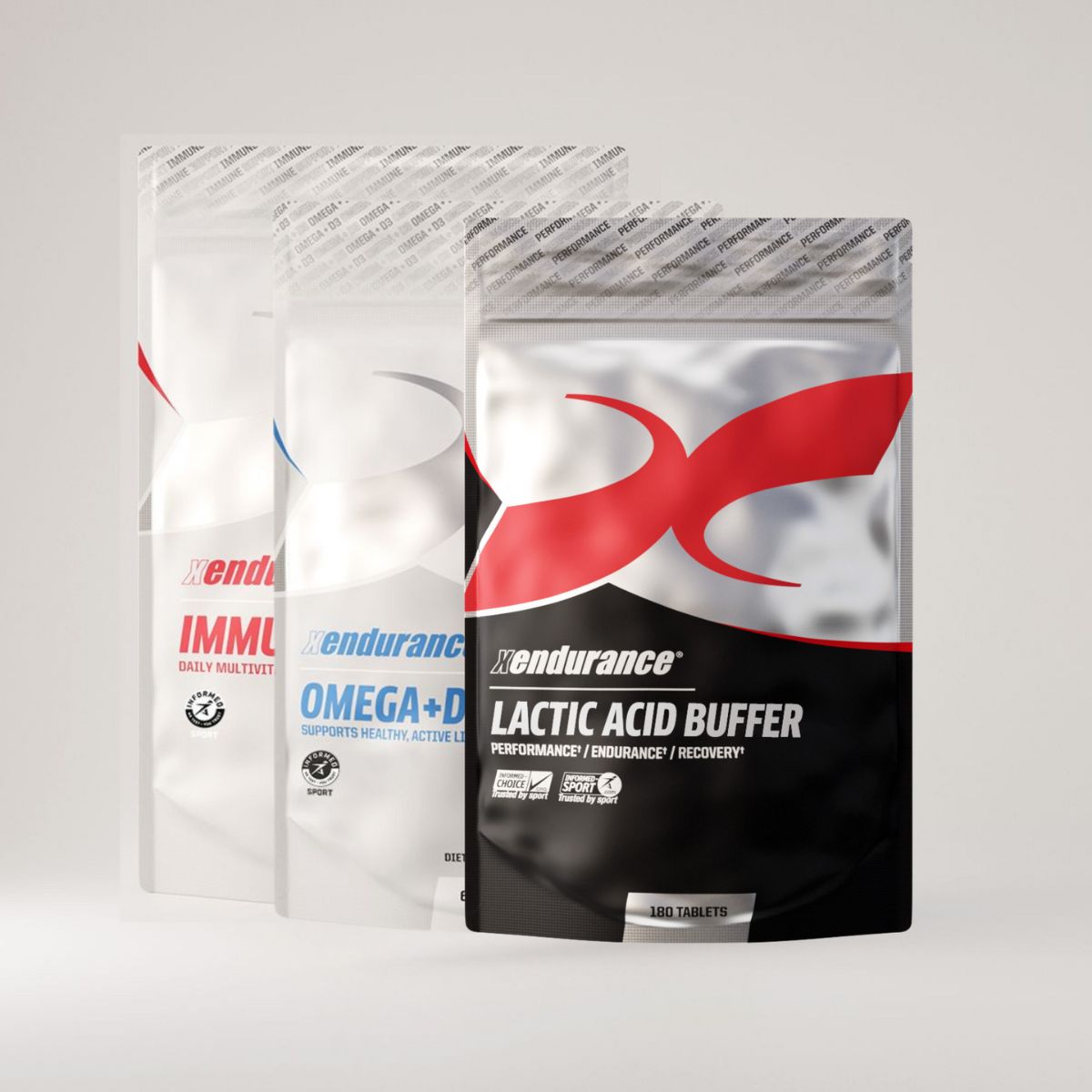
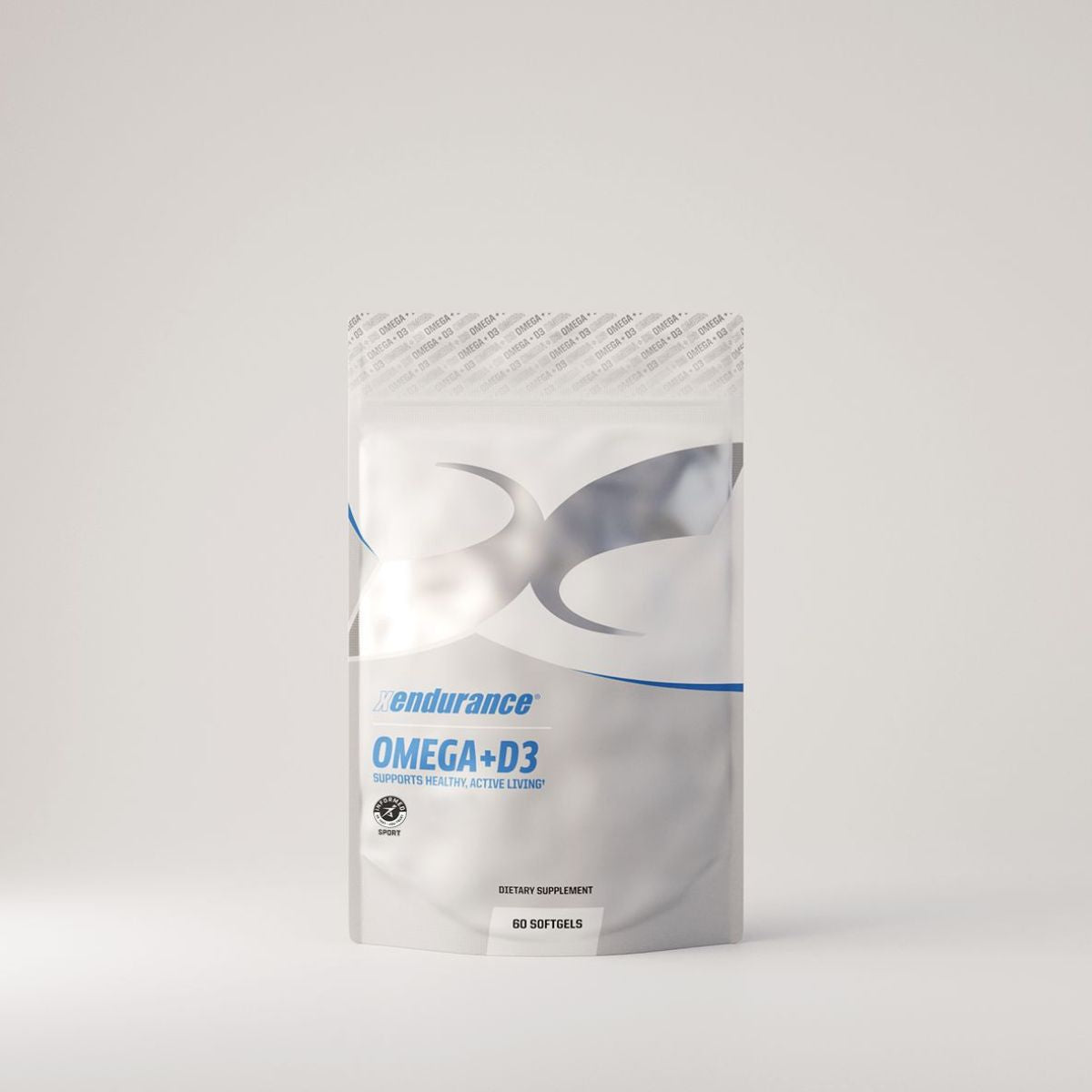
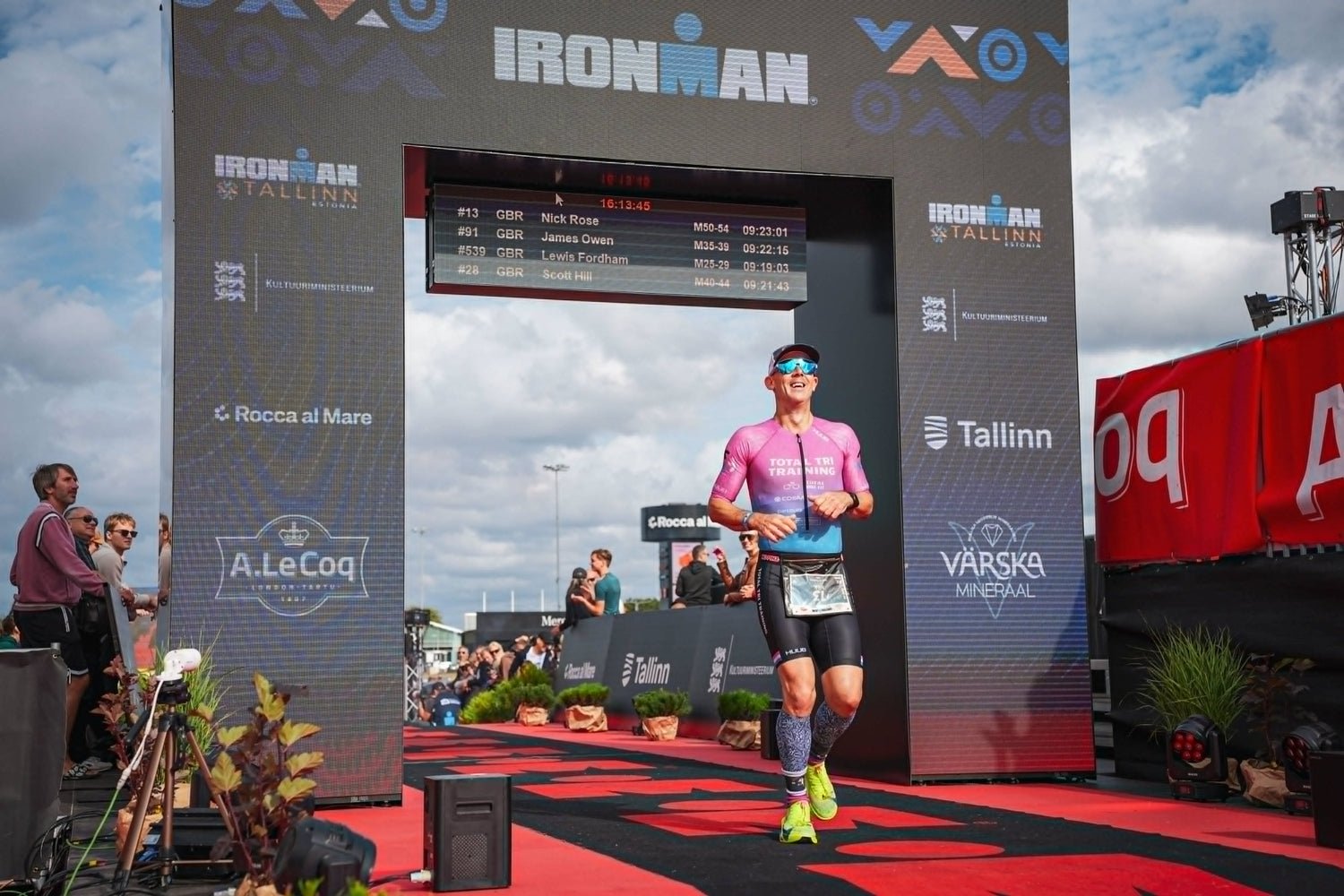

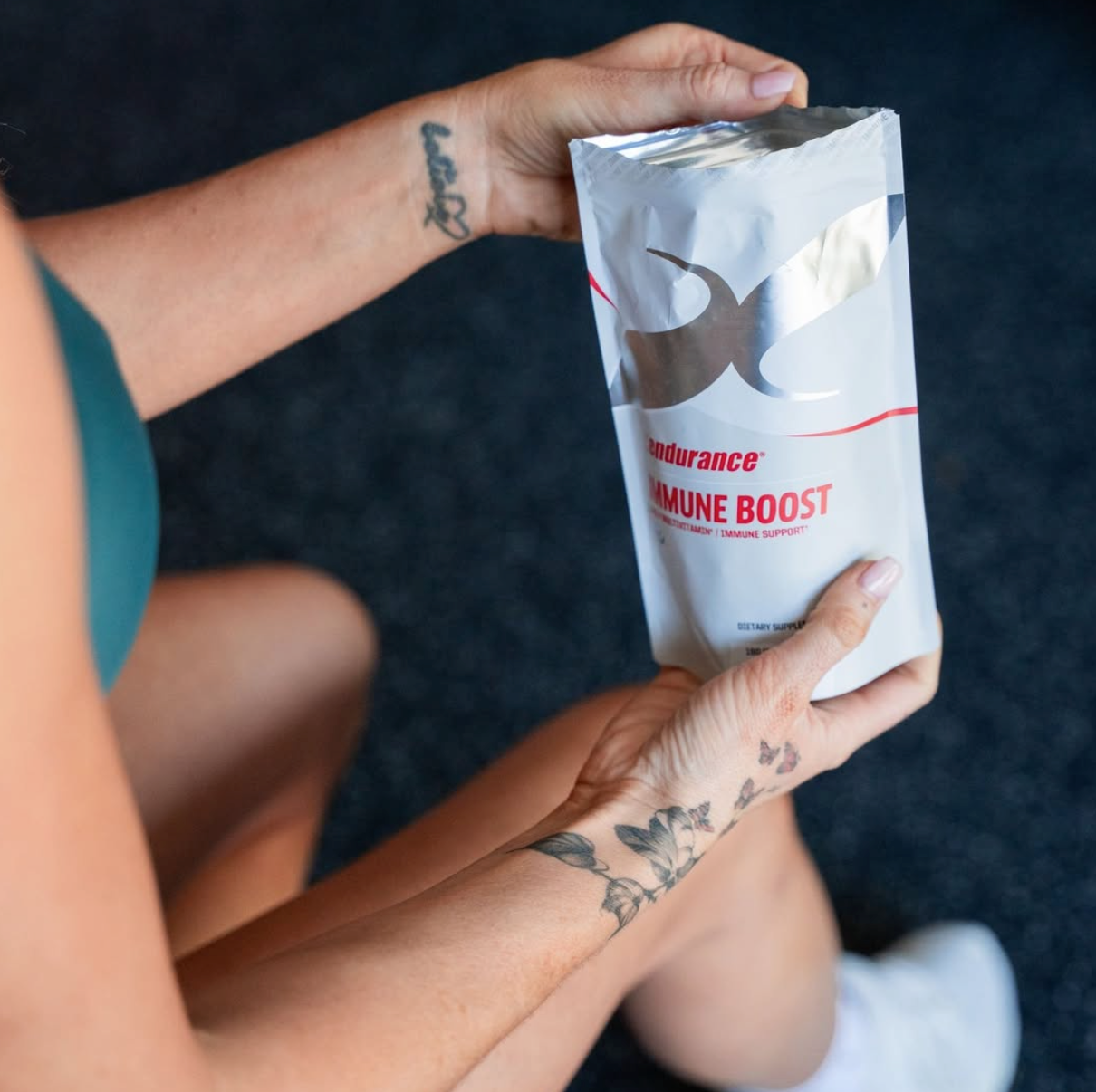
Leave a comment
This site is protected by hCaptcha and the hCaptcha Privacy Policy and Terms of Service apply.